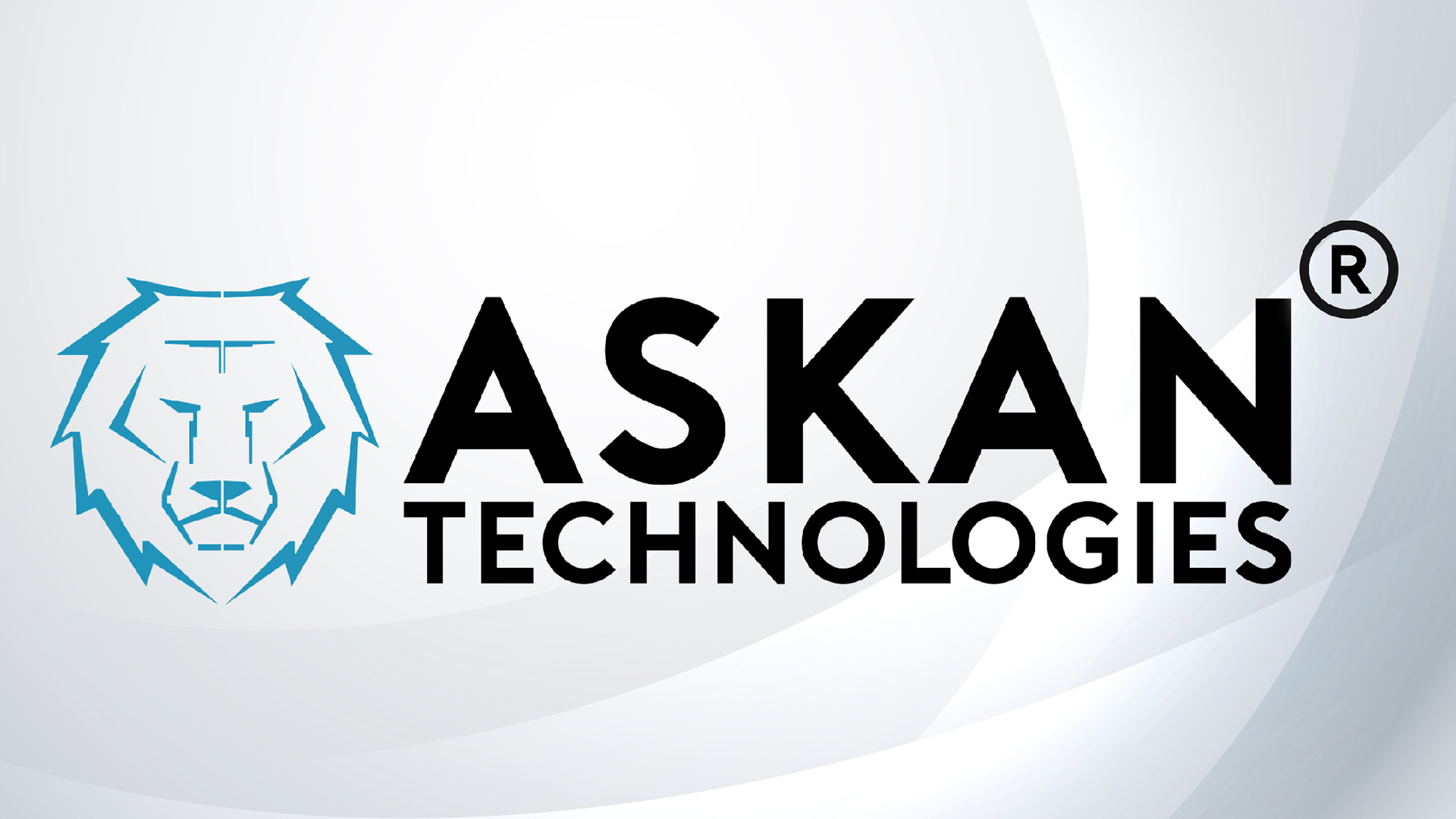In an online world bustling with over 4.66 billion users, isn't a brand's website its digital lifeline? Quality web development is critical, as 88% of users won't return after a bad experience, and with mobile traffic now dominating the web, responsive and engaging design isn't just nice to have—it's essential.
“Building for the Best" means crafting a website that not only stands out but also sets the stage for future growth, ensuring your brand resonates with the users of today and is ready for the demands of tomorrow, don't you agree?
- Elements of Quality Web Development
- First Impressions Matter: The Impact on Brand Image
- User Experience (UX) and Customer Satisfaction
- Mobile Optimization
- Search Engine Optimization (SEO) and Web Development
- Security and Trust
- E-Commerce Capabilities
- Scalability and Future Growth
1. Elements of Quality Web Development
Clean Code:Well-written, structured, and commented code that ensures the website is stable, easy to maintain, and scalable for future updates or changes.
Visual Appeal: Captivating design with a modern aesthetic, engaging color scheme, and intuitive layout to make a strong first impression.
Usability: User-friendly interface with easy navigation, clear menus, and well-organized content for a smooth user experience.
Loading Speed: Fast-loading pages with optimized file sizes, caching, and server responses to reduce bounce rates and enhance user satisfaction.
For instance, 47% of consumers expect a web page to load in 2 secondsor less, and a delay of just one second can result in a 7% reductionin conversions.
Professional expertise transforms a good concept into an exceptional website, setting the stage for all subsequent digital interactions.
2. First Impressions Matter: The Impact on Brand Image
A website is often the first point of contact between a brand and its potential customers. A 2019 Stanford study found that 75% of users make judgments about a company’s credibility based on visual design alone.
Brands like Apple have set a high standard, with their website reflecting their reputation for design and innovation—a testament to the power of first impressions.
3. User Experience (UX) and Customer Satisfaction
When visitors have a smooth and enjoyable experience on a website, they are more likely to view the brand in a positive light. On the other hand, a poorly designed website with confusing navigation and slow loading times can leave a negative impression.
A Forrester report reveals that a well-designed user interface could raise a website’s conversion rate by up to 200%, and a strong UX design could yield conversion rates up to 400%.
This is a clear indicator that customer satisfaction is deeply intertwined with the quality of UX.
4. Mobile Optimization

With the majority of internet users accessing websites through their smartphones or tablets, it is crucial for businesses to provide a seamless mobile experience. Responsive design is the key to achieving this.
Adapts a website's layout, content, and images to fit various screen sizes, removing the need for separate versions and ensuring a uniform experience on all devices, which boosts user satisfaction and search engine rankings due to Google's preference for mobile-friendly sites.
More than just responsive design; it's about enhancing page load speed, trimming excess content, and refining the UI to offer mobile users a quick, intuitive experience that promotes engagement and exploration.
5. Search Engine Optimization (SEO) and Web Development

SEO is integral to web development. A Google study suggests that 53% of mobile site visits are abandoned if pages take longer than 3 seconds to load.
SEO and Performance: Vital for web development, as slow-loading pages can cause over half of visitors to leave.
Keyword Optimization: Integrating relevant keywords strategically throughout the content without overstuffing for improved SEO.
Image Optimization:Ensuring images are compressed for speed without sacrificing quality, aiding in SEO and user experience.
Mobile-First Indexing: Prioritizing mobile versions for indexing and ranking, as Google predominantly uses the mobile version of the content for indexing and ranking.
Structured Data: Implementing schema markup to help search engines understand the content, leading to better SERP features.
Secure and Accessible Websites:Using HTTPS encryption and ensuring accessibility for all users, including those with disabilities, can positively affect SEO rankings.
6. Security and Trust
Quality web development emphasizes strong security to safeguard your brand and customer data, using up-to-date protections and regular audits, which builds user trust in a security-conscious online landscape.
Cybersecurity Ventures predicted that cybercrime would cost the world $6 trillion annually by 2023. The report also predicted that cybercrime costs would continue to grow, reaching $10.5 trillion annually by 2025, making security a top priority. A secure website not only protects user data but also enhances a brand's reputation and customer trust.
7. E-Commerce Capabilities
For businesses that operate online, e-commerce capabilities are paramount. Quality web development takes care of the nuts and bolts of your e-commerce functionality.
It ensures that your payment gateways are secure, shopping carts are user-friendly, and product pages are optimized for conversions.
When the user experience is smooth and transactions are secure, you're more likely to convert visitors into customers and drive sales.
8. Scalability and Future Growth
Scalability is crucial for a website's longevity and relevance. A scalable website can support a brand's growth, adapting to increased traffic and content demands.
Amazon’s early investment in scalability allows it to handle a staggering 2.3 billion visitors during the Prime Day sale, showcasing the importance of forward-thinking in web development.
Web development's future is set to be dynamic, with AI personalization, advanced analytics, and immersive design shaping user experiences in unprecedented ways. Successful websites will be those that embrace and incorporate these evolving technologies.
Quality web development is a strategic brand asset, boosting user experience, brand image, visibility, security, and mobile reach. It's crucial for e-commerce success and adapting to the evolving digital trends, ensuring a robust online presence and fulfillment of digital objectives.










Building for the Best: How Quality Web Development Can Elevate Your Brand
In an online world bustling with over 4.66 billion users, isn’t a brand’s website its...
Share this link via
Or copy link